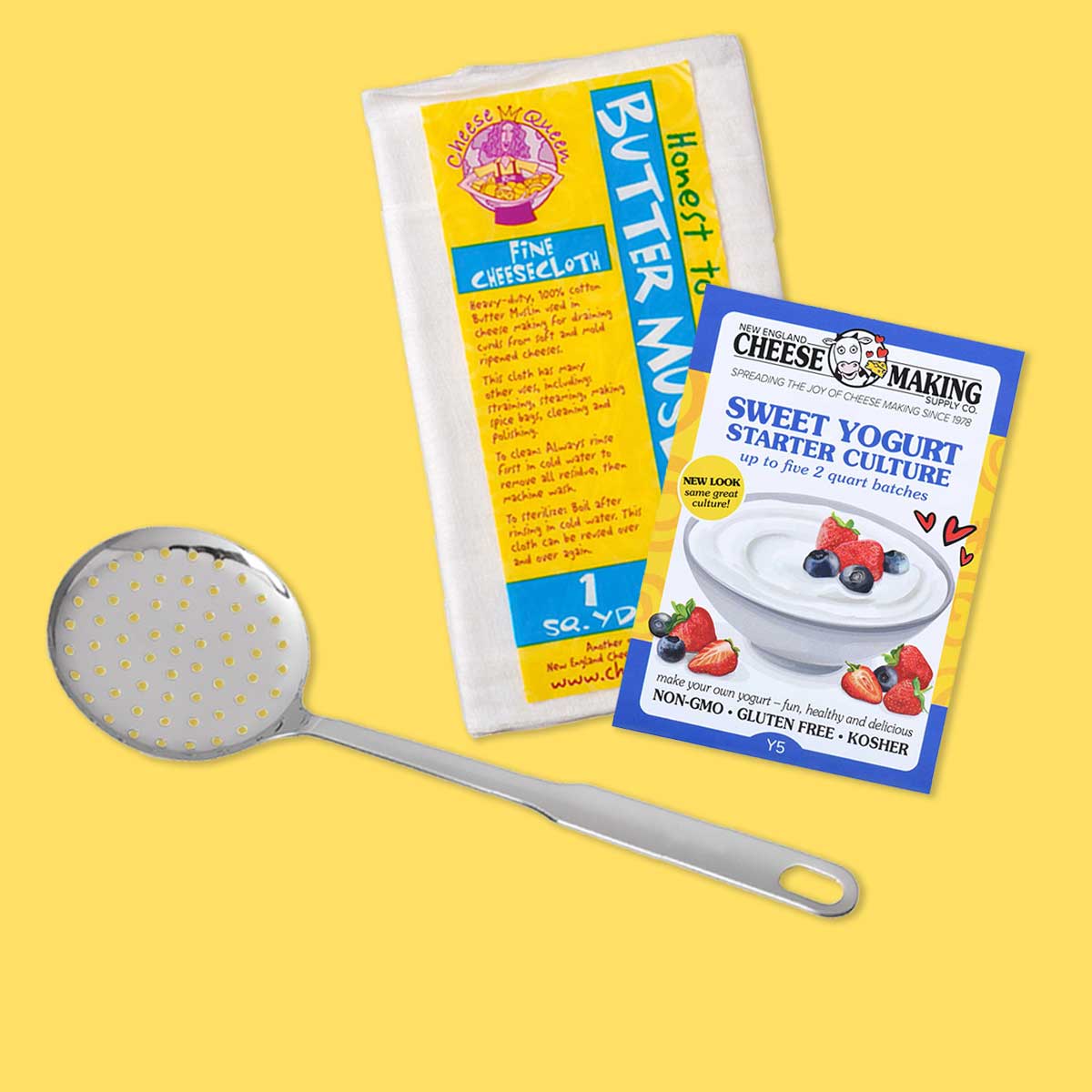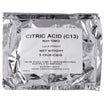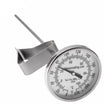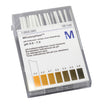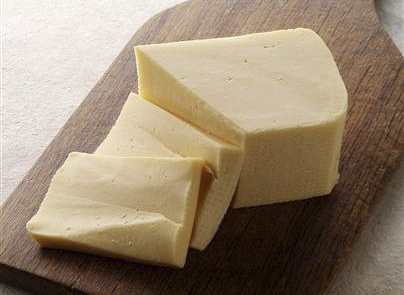Butterkase Info
Fresh With a Buttery Texture
This time our cheese focus will be on a beauty that we have been getting many requests for lately. It is a rather unusual but yummy cheese. Even though many of you have never even heard the name, it is one you will be coming back to once you have tried it!
Butterkase is a wonderful fresh young cheese, full of moisture, flavor, and with a wonderful buttery texture (hence the name!)
Whats not to like about that!
The Name Says it All
Butter (we all know what that is) and Kase, the word for cheese in German speaking, lands and falls into the international cheese language for cheese:
Kase, Kass, Queso, Queijo, Caccio, and even the English Cheese all evolved from old Latin for cheese, "Caseus". Somehow just the name Butterkase has us thinking about snack time, with this cheese just sliced or melted over something tasty.
The mild flavor and soft texture make this an ideal cheese for the table. I am sure that a lot of those requests that came to me for this recipe came from folks that grew up with this as the 'GoTo' cheese at home when young (or not so young).
The cheese is normally presented as a rectangular loaf-like shape and normally weighs about 3.5 lbs. It does contain a high moisture content and at room temperature may begin to deform slightly. The higher moisture is also part of the reason why it has such a buttery texture and melts so well. This higher moisture is, in large part, due to the way the cheese curd develops.
The cheese can also be seen in low disc shaped forms as well and is probably the easiest way to make this at home, as in my photo above.
The surface of the cheese undergoes a series of light salt washes during its early aging life, but this is kept to a minimum and eventually washed off to favor a milder flavor. This also serves to maintain the high moisture and thin supple rind.
The body of the cheese is usually quite open with irregular holes (as in the photo to the left). These are called mechanical holes and are the result of an early draining of the curds and very little to no press weight during the molding.
I have also seen Butterkase showing the round shiny holes from internal expanding gas pockets, similar to found in Gouda or Alpine style cheeses (Comte, Gruyere, etc.). These would be the result of a different press weight and warmer aging conditions.
A Modern Cheese
In looking for some background on the history for this cheese, I was surprised at how little information there was available. This leads me to believe that it is a very modern cheese, developed perhaps in the last 50 years (yes, that would be modern for cheese history!)
For such a young style of cheese, I do find it rather surprising how quickly its popularity has increased, but it really is an all-around tasty cheese that has certainly gained its fans quickly.
Currently this cheese is made in Germany, Austria, Switzerland, and even in the US several producers can be found.
This growing popularity is another great reason to focus on this cheese for the monthly recipe.
A Very Different Cheese Process
1. One of the most interesting and unusual stages in the process for this cheese is the temperature to which the milk is heated BEFORE adding rennet. The milk is taken to 104-108°F before the rennet is added. These higher temperatures (up to 108°F) result in faster rennet coagulation times and above 106°F the rennet coagulation begins to slow again. Lower temperatures result in slower coagulation as well.
Therefore we do expect the coagulation to be quicker and firmer. As a result this will tend to keep more moisture in the curd which is less likely to drain.
2. Another process point of interest is the use of the two different cultures: A Mesophilic culture that does best at 86F and is well on its way to dying off at 104-106°F. A Thermophilic culture that does well at 104-112°F (Optimum temperature range).
Considering the Mesophilic cultures, the milk is initially heated to 86°F but remains there just long enough for the Mesophilic culture to begin developing (about 30-45minutes) before the temperature is raised to 104-106°F and the Mesophilic culture dies off.
The obvious question is, why bother adding the Mesophilic just to kill it off, since it is not allowed to live long enough to carry out its primary role of converting milk sugars to lactic acid?
The answer to this points us to the secondary function of most dairy bacteria. Their secondary role is the release of enzymes following the death of the cell. These have been found to function heavily in the breakdown of proteins during the aging process. These protein changes will be realized in the final texture of this cheese.
The Thermophilic culture on the other hand, will be comfortably working at its optimum temperature. This is a much higher initial starting temperature than most other Thermophilic cheeses use.
3. Also of note is that Butterkase is normally a very mild cheese due to a restrained development of acid and can be found with a slightly acid taste as well as a sweeter version. This is usually controlled by varying the availability of lactose during the process. The sweeter version has a good portion of the lactose taken out and replaced with warm water before the curd is drained. This is known as a 'washed curd' process and is similar to that used in the making of Gouda cheese. I will fully detail these two options below.



